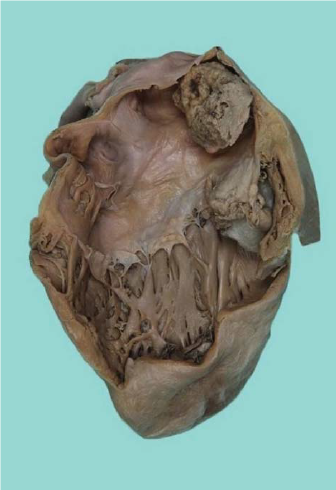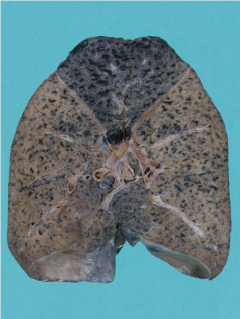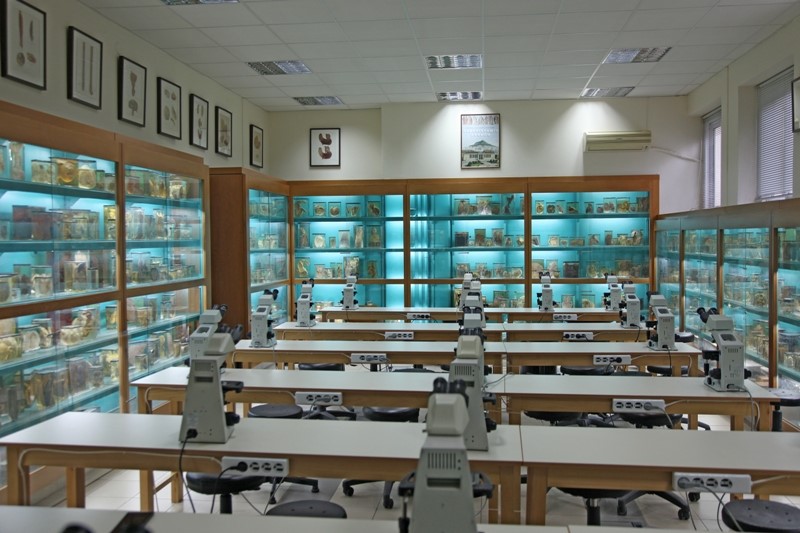The Pathology Museum of the Medical School NKUA is located at the building of the First Laboratory of Pathology and hosts the historical 19th century Rokitanski collection of pathology specimens. The latter dates from 1850 and was an integral part of the historical Laboratory of Pathologic Anatomy since its foundation. In 1850 the first specimens were donated to the newly-founded Laboratory of Pathologic Anatomy of the Othonian University of Athens by the famous Bohemian physician, pathologist, philosopher and politician Karl von Rokitansky, who was then the Professor of Pathologic Anatomy at the mighty Medical School of the University of Vienna. These first specimens were used for teaching the discipline of Pathological Anatomy to the Greek medical students.
The Rokitanski collection has gradually enhanced over the past centuries, to include over 2,500 specimens to date, of which 1,000 are displayed at the Pathology Museum. The current collection consists of surgically resected human organs with tumor and non-tumor pathology, autopsy specimens, and over 100 human fetuses, as well as some animal species, bearing structural congenital malformations. Among those, there are cases of acrania/anencephaly, cyclopia/holoprosencephaly, otognathia, perinatally lethal genetic skeletal dysplasias / dwarfisms, and a variety of conjoined twins, including cephalothoracopagus and dicephalus tetrapus twins.
Contact
Director: Professor Anastasia Konstantinidou
E-mail: ankon[at]med.uoa[dot]gr
Contact person: Maria Giannari
E-mail: mgiannari[at]med.uoa[dot]gr
Address: Medical School, Mikras Asias 75 Goudi, 11527 Athens
Tel.: 210-746 2158
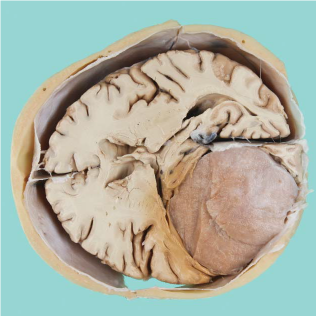
Brain neoplasm / meningioma – autopsy specimen

Polycystic kidney disease

Conjoined twins - Cephalothoracopagus
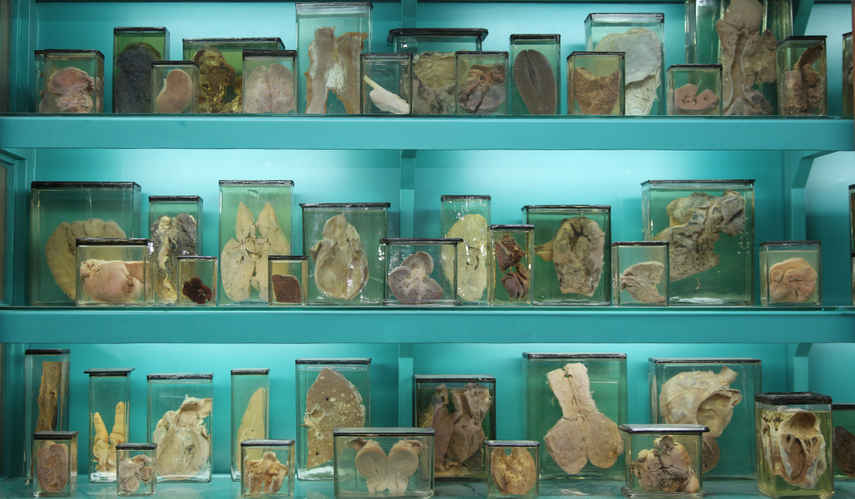
Pathology specimens
